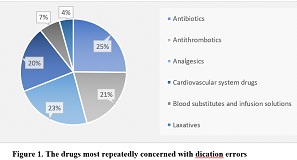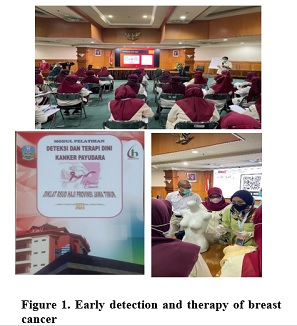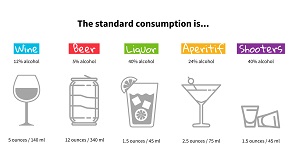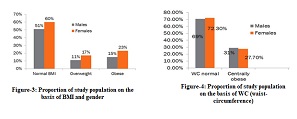Flipchart and Booklet As Media to Increase Cadre's Knowledge About Latent Tuberculosis Prevention in Children
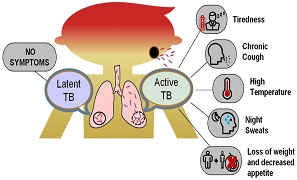
Downloads
Educating and empowering the community through tuberculosis cadres is crucial in the early detection of latent tuberculosis infection (LTBI) in primary healthcare settings. From the wide variety of educational media that can be used, flipcharts and booklets have a strong impact on engaging the participants through visual media. Therefore, this community service aims to determine the effect of education through flipcharts and booklets on TB cadres to increase LTBI finding in children. A total of 20 TB cadres of Dr. Soetomo Primary Health Care Surabaya participated in this study. Statistical analysis to evaluate the difference between the pre-test and post-test was used with the Wilcoxon test. The result of the pretest showed insufficient knowledge about latent tuberculosis with an average score of 74%. The post-test average score of 91% indicated a 17% increase in score. There was a significant difference in the score of the test before and after giving the material (p=0.001), indicating an increase in LTBI knowledge of the TB cadres after giving health education using flipchart and booklet as evidenced by the increase in average score between pre-test and post-test.
Copyright (c) 2023 Retno Asih Setyoningrum, Arda Pratama Putra Chafid, Rika Hapsari, Amrina Rosyada, Muhammad Helmi Imaduddin, Khoirunnisa Shafira Deshpande, Nabila Annisa Harum

This work is licensed under a Creative Commons Attribution-ShareAlike 4.0 International License.
- The journal allows the author to hold the copyright of the article without restrictions.
- The journal allows the author(s) to retain publishing rights without restrictions.
- The legal formal aspect of journal publication accessibility refers to Creative Commons Attribution Share-Alike (CC BY-SA).
- The Creative Commons Attribution Share-Alike (CC BY-SA) license allows re-distribution and re-use of a licensed work on the conditions that the creator is appropriately credited and that any derivative work is made available under "the same, similar or a compatible license”. Other than the conditions mentioned above, the editorial board is not responsible for copyright violation.






















